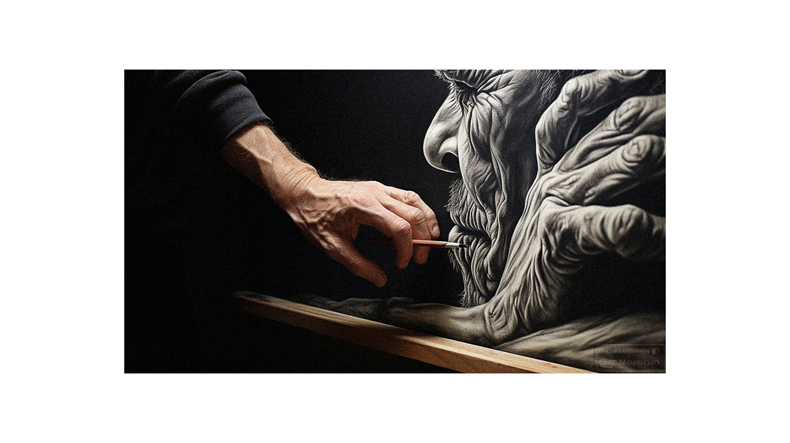Imagine stepping into a candy store for the first time. You’re stunned by the dazzling array of colors, textures, and possibilities. That’s what diving into the world of art mediums feels like. It’s an exciting but often overwhelming journey you’re about to embark on.
But don’t worry, we’ve got your back! This article is your trusty guide through this vibrant landscape. We’ll introduce you to popular mediums like pencil and paper, watercolor, acrylics, oil pastels, charcoal, and digital art tools like Adobe Photoshop or Illustrator.
Each medium has its charm and potential to bring your artistic vision to life in unique ways. So, let’s put on our explorer hats and dive deep into this wonderland of creativity together!
Remember: there are no wrong choices here – limitless opportunities for expression and discovery!
Understanding Art Materials
‘Ever thought about diving into the art world but felt overwhelmed by the many available materials? Let’s break down these different mediums to help you find your perfect match and kick-start that creative journey!
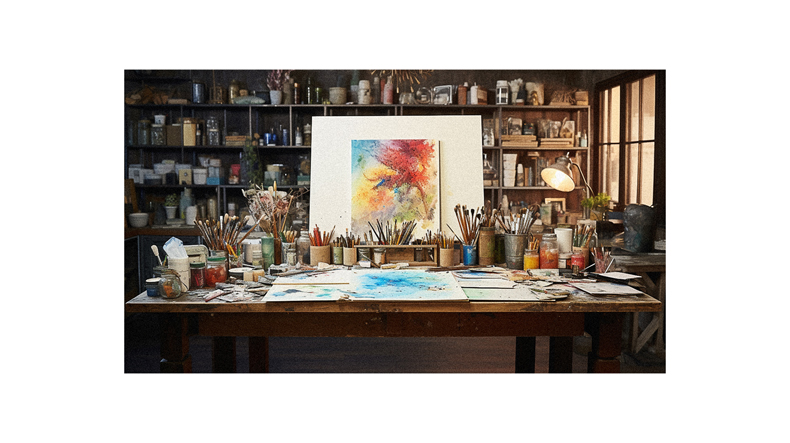
First, consider drawing. It’s the most accessible medium for beginners, with just a pencil and paper required.
Charcoal is another excellent option for dramatic sketches.
Fancy adding some color? Watercolor or acrylic paints are versatile choices, ideal for experimenting with hues and textures.
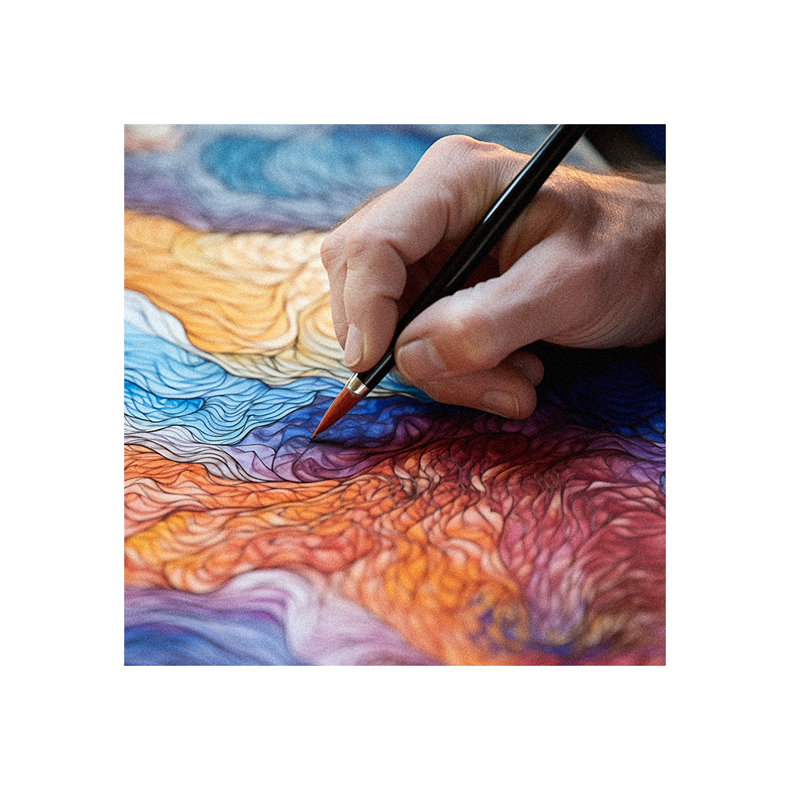
If you’re into the digital space, try digital art using Adobe Photoshop or Illustrator.
For 3D enthusiasts, clay modeling can be fun!
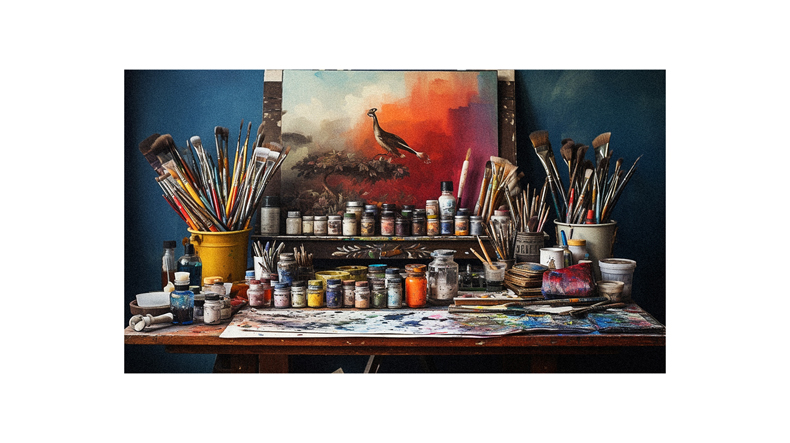
Remember, there isn’t a one-size-fits-all in art – each medium offers unique possibilities for artistic expression.
So go ahead, explore!’
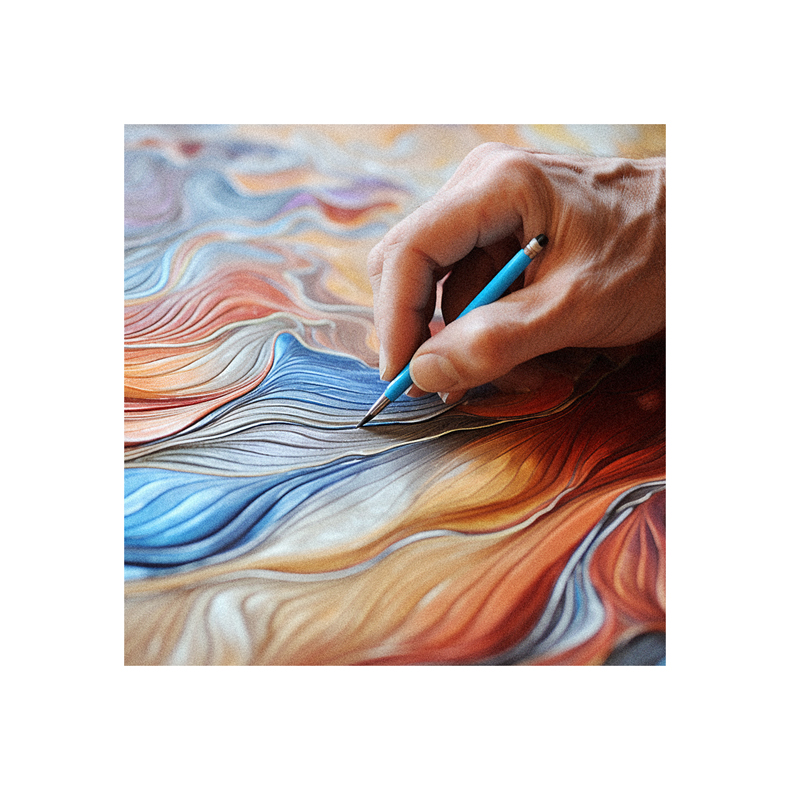
Exploring Drawing Mediums
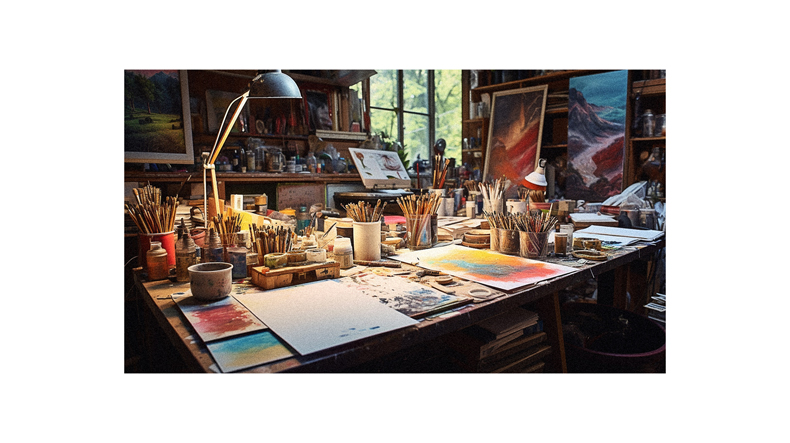
Diving headfirst into the world of drawing can be as exhilarating as skydiving without a parachute, but don’t worry, you’ve got this!
To start, charcoal is an ideal medium for beginners. It’s made from burned wood and enables you to create dramatic black-and-white drawings with ease. Don’t forget a fixative spray to prevent smudging.
Graphite pencils are another great choice – they’re perfect for realistic sketches and come in different hardness levels. Tracing paper helps keep your work clean.
If you’re feeling adventurous, try Silverpoint. This traditional method uses thin pieces of silver on paper for an ethereal look. Remember: good quality paper is vital here to avoid damage from the silver.
Charcoal: Techniques and Tips
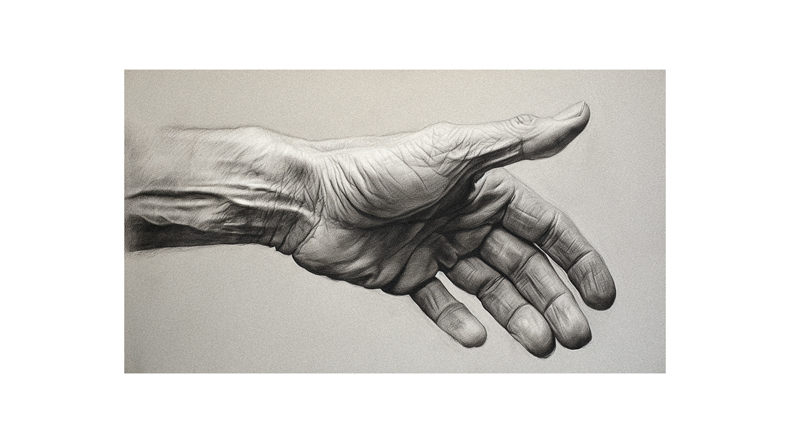
Embracing the world of charcoal drawing, you’ll find that mastering a few key techniques can truly unlock your creative potential.
Charcoal is a versatile medium for dramatic contrasts and deep tonal values. Start with rough, heavyweight paper to absorb the rich pigments of charcoal.
Remember, different charcoal types are available – compressed, vine, and pencil forms. Vine or willow charcoals work best for broad strokes or filling large areas; for details and sharp edges, opt for charcoal pencils.
Don’t hesitate to experiment with smudging techniques using fingers or blending stumps for gradients and shadows.
Lastly, always use a fixative spray to prevent your artwork from smudging once you’re done.
With practice and persistence, you’ll soon be creating stunning charcoal masterpieces!
Graphite and Silverpoint Basics
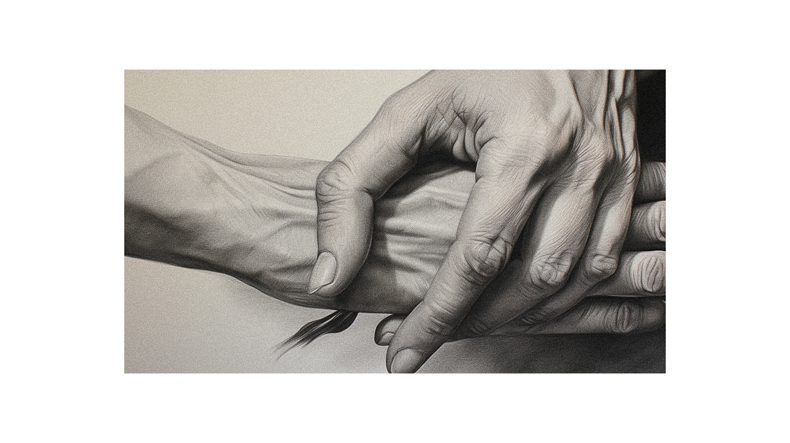
In the drawing, there’s something timeless about graphite and silverpoint that can make you feel like a medieval artist sketching away in a candle-lit atelier. Graphite, your go-to pencil lead, is simple yet versatile. It has different hardness levels, allowing for varied line qualities and tonal ranges. Pair it with tracing paper to keep your artwork clean.
Silverpoint may not be as familiar, but it offers an ethereal quality that is hard to replicate with other mediums. Drawing with a thin silver wire on specially prepared paper produces delicate lines that darken over time due to oxidation. Practice is critical here; erasing isn’t an option once the line is drawn. Just remember: quality paper matters when working with these traditional mediums!
Introduction to Pastels
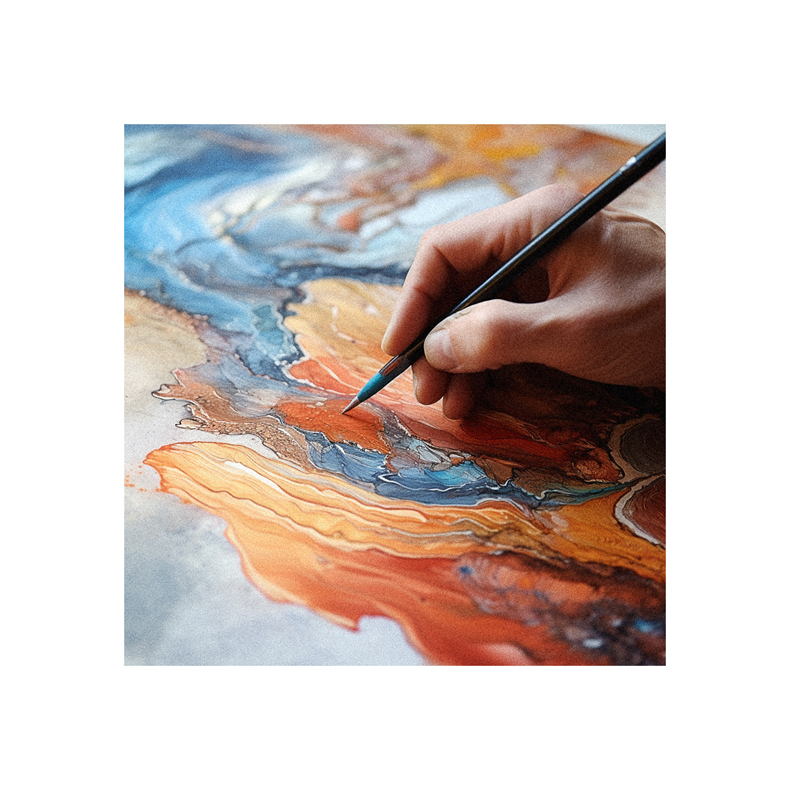
‘Ever played with chalk as a child? Working with pastels isn’t much different, making them a joy to use! These vibrant and crumbly mediums are perfect for creating bold, expressive works.
Soft pastels, made from pigment and binder, glide smoothly onto textured paper. They’re great for layering colors and can be smudged easily to create soft transitions.
On the other hand, oil pastels are less messy and can even be used on top of different mediums. Remember to choose high-quality paper that can grip the pastel particles properly.
So why not give it a try? It’s time you unleashed your inner artist and explored the wonderful world of pastels!’
Colored Pencil Essentials
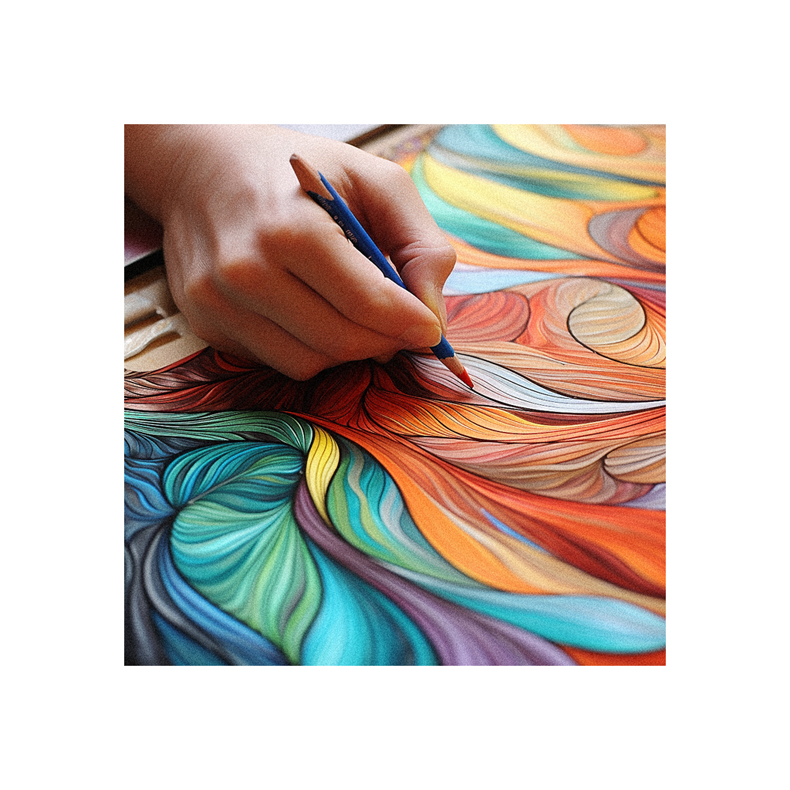
Imagine the feeling of a colored pencil gliding across paper, each stroke revealing vibrant hues that bring your masterpiece to life. As an art medium, colored pencils are easy to use and great for beginners. They require minimal supplies — just quality pencils and thick paper or cardstock — but can help you create detailed works of art.
There are two types of colored pencils: oil-based and wax-based. Wax-based pencils glide smoothly and blend easily, while oil-based ones have more complex leads, allowing for sharper lines. Try experimenting with both to see what suits your style best.
Don’t forget to layer colors for depth and shading! With practice, you’ll soon master this versatile medium, creating stunning pieces that capture your unique artistic vision.
Water-Soluble Pencils Guide
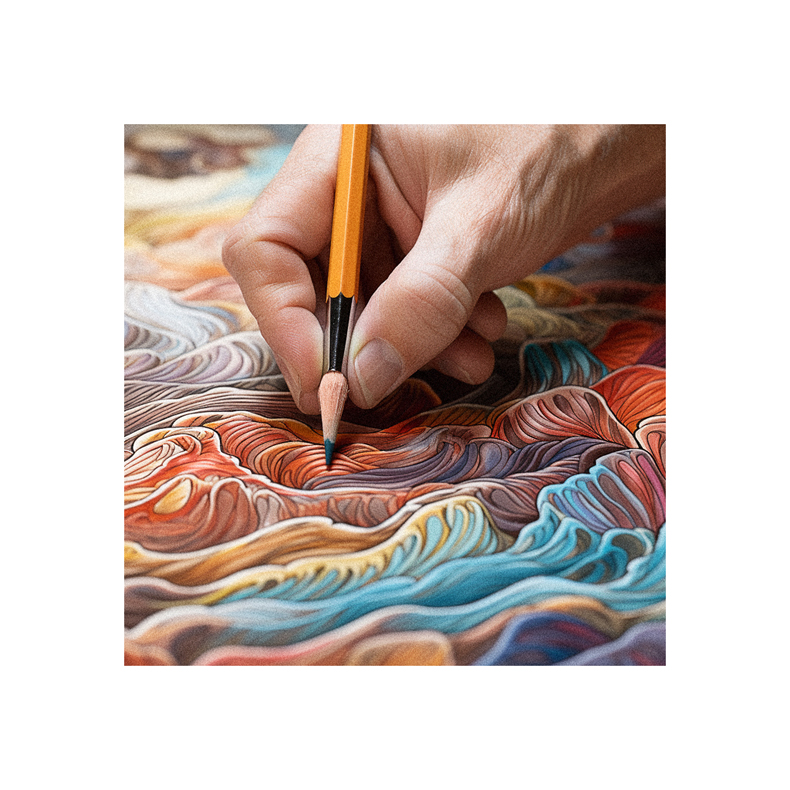
Now that you’ve got the hang of colored pencils let’s delve into another fascinating medium: water-soluble pencils. These unique tools offer the precision of a standard pencil but with a twist – when activated with water, they behave like watercolor paint!
This characteristic makes them a fantastic choice for artists who want more control over their watercolor technique without sacrificing the vibrancy and fluidity of paint. You’ll find them perfect for sketching your ideas before using heavier paints or creating beautiful standalone pieces.
Remember to use high-quality watercolor paper to maximize these pencils’ potential. It’s essential as it can handle the water without warping or tearing, ensuring your artwork stays pristine.
Inking Techniques
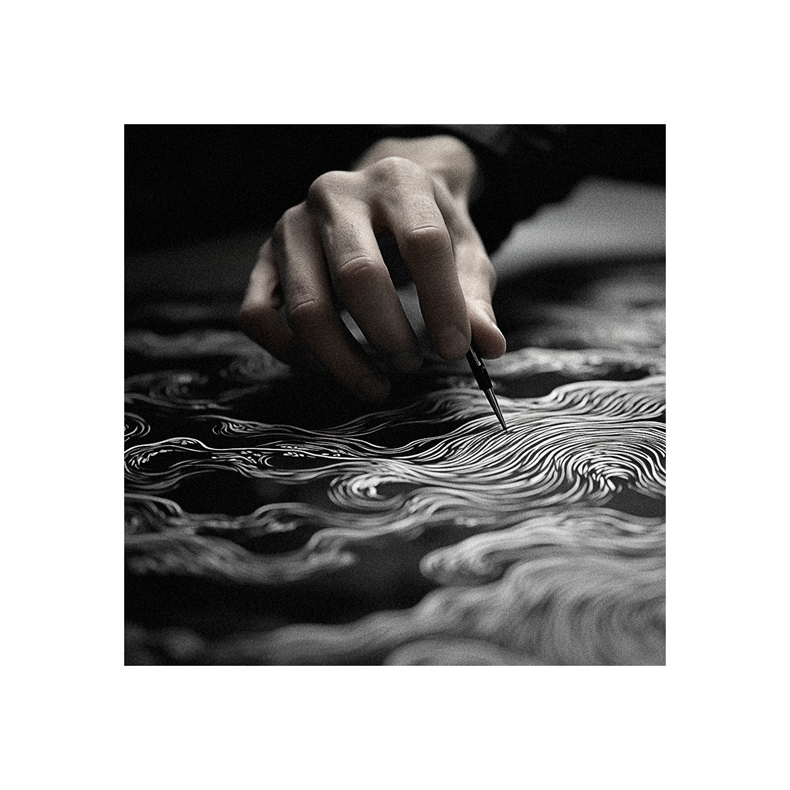
Inking techniques can make your artwork pop, providing depth and intensity that’s hard to beat! When starting with ink, it’s essential to understand the two main types: pigment-based and dye-based.
Pigment inks are waterproof and fade-resistant, perfect for pieces that need longevity. Dye-based inks, on the other hand, aren’t as durable but offer vibrant colors.
To apply ink, you’ve got options. Brushes allow for expressive strokes, while pens give precision – ideal for fine details. Airbrushing is another method that provides a smooth gradient effect but requires practice.
Remember, ink is permanent when dry, so be confident with each stroke!
Don’t let mistakes discourage you; they’re part of learning. Experiment with different methods until you find what suits your style.
Ink Types and Usage

Let’s dive into the world of inks, a versatile tool that’s less intimidating than you might think.
Inks can be divided into two main types: pigment-based and dye-based. Pigment ink contains tiny particles that sit on top of the paper, while dye ink is absorbed by it. This makes pigment inks more resistant to fading over time.
Inking can be done using brushes, pens, or even airbrushes, offering a variety of line styles and textures. Remember, though, ink is permanent and brutal to remove once dried.
For beginners, marker pens filled with either type of ink are an excellent starting point. They’re quick-drying and easy to control. Copic Markers are popular among illustrators for their vibrant colors and blend-ability. So why not give inking a try?
Creating with Mixed Mediums
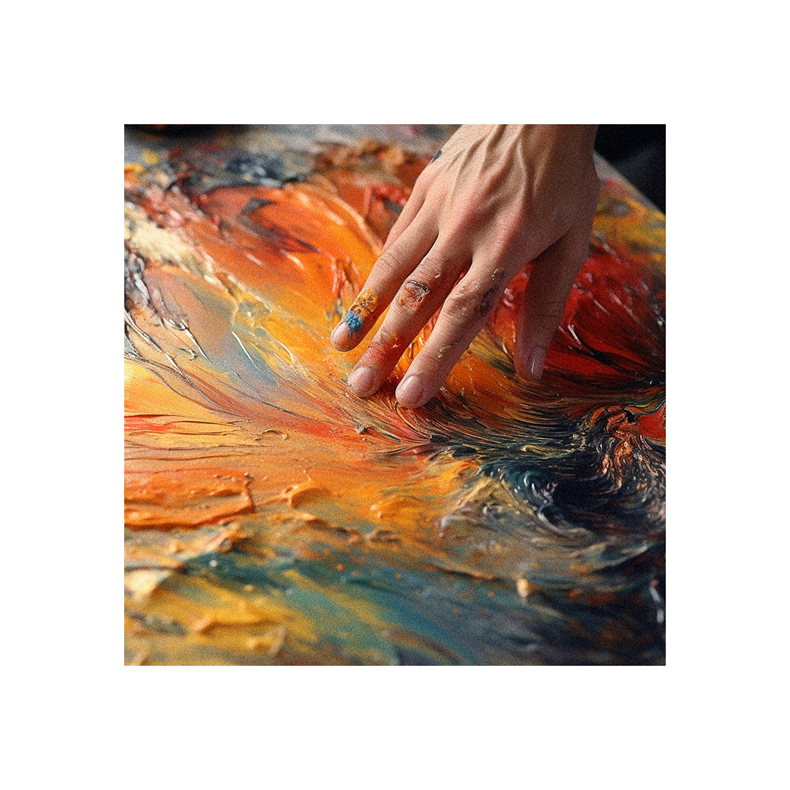
Diving into the realm of mixed mediums can truly open up a world of endless possibilities for your creativity. You’re no longer restricted to one medium but can combine various elements like pencil sketches, watercolor, or acrylic paint with charcoal. This blend allows you to experiment and create unique textures and visual effects.
How about trying college? It’s a great way to incorporate different materials like paper, fabric, or even photographs into your artwork. Or maybe give mixed-media painting a shot? Blend oil pastels with acrylics or use ink over watercolors. The key is to let your imagination run wild and not be afraid to try new things!
Remember, art is all about self-expression and exploration.
Follow us on Pinterest for more tips, tutorials, and artist reviews!

